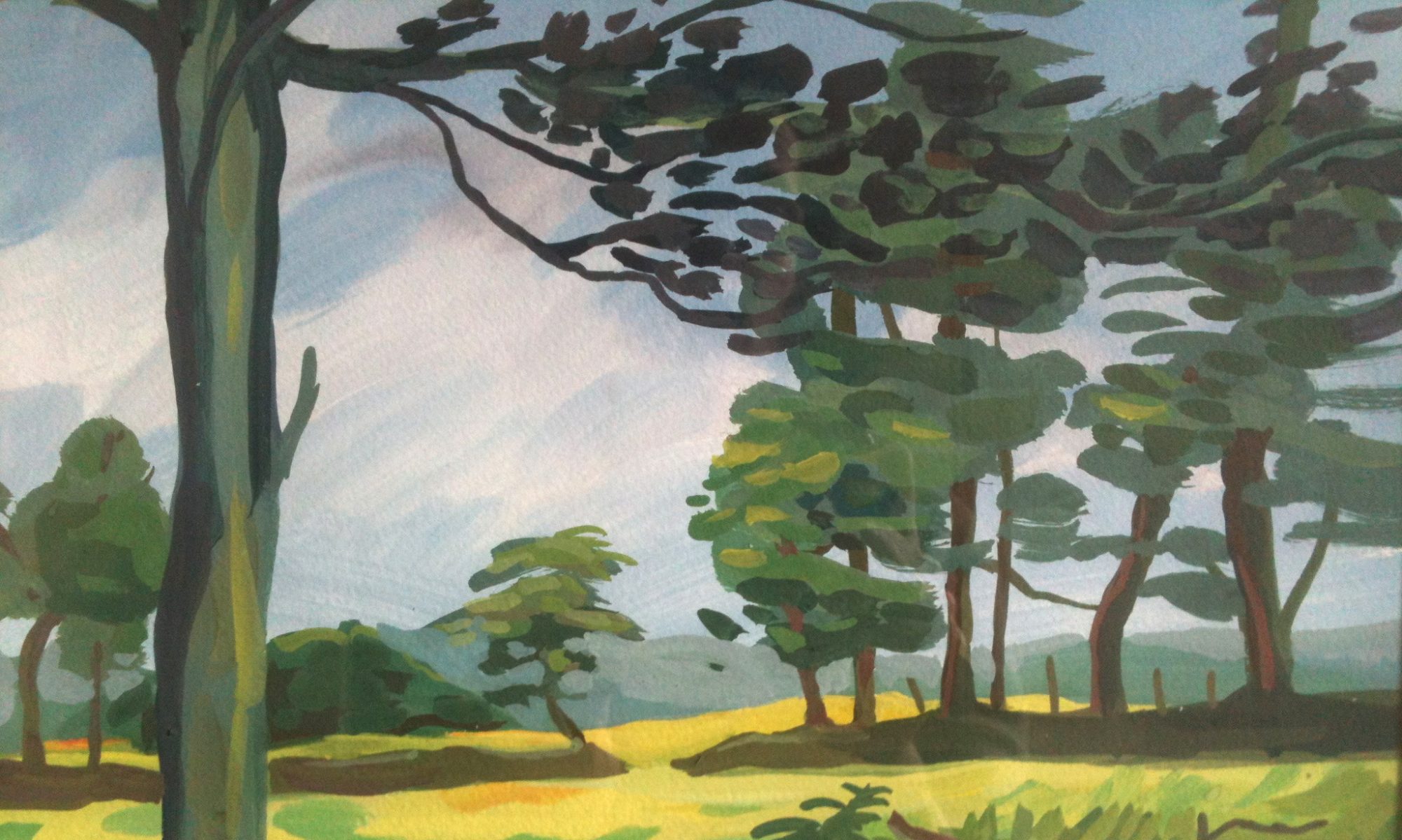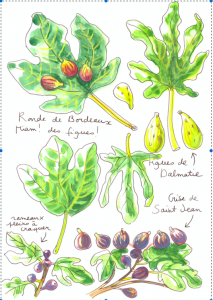Was it because the fig tree was considered a divine tree in the Mediterranean basin that Louis XIV was crazy about it? He had 700 fig trees planted in crates that were brought in during the winter, like his famous orange trees. It was for those trees that Mansart designed the Fig Garden in the King’s Kitchen Garden. The pavilion still called by that name now houses the large exhibition rooms of the Ecole Nationale Superieure du Paysage (ENSP).
It is said that there are around 750 varieties of figs, but according to Mr. Montserrat Pons, there are 2834. One can already admire his 1308 trees on his estate on the island of Majorca in the Balearic Islands. Great benefactor of the fig, he spent his life to save them from oblivion in his conservatory, by gleaning them in the whole world.
We can classify figs in three categories: white or green figs like the Dalmatian fig, a large elongated green fig with bright red flesh from Croatia, purple or black figs very sweet like the Bordeaux round and, gray or red figs like the gray of Saint John.
But, the most fascinating thing about the fig is its very subtle reproduction method. I had the confirmation of it after my own experience. As I was disappointed in front of my young fig tree planted three years ago, and which bore only green and hard fruits whatever the season, I had to recognize a male fig tree or goat fig tree. Because there are male and female fig trees, “uniferous” fig trees that give only one harvest at the end of the summer and “biferous” fig trees that produce two. And to spice it up, there are female flowers in the male figs.
The flowers and fruits of the fig tree are very particular. From a botanical point of view, the fig is a false fruit. Before being a fruit, the fig is a kind of inner flower, trapped in the fruit, which cannot be fertilized without external intervention. And it is at this point that a tiny insect, the “blastophagus”, intervenes. In fact, the real fruits are the innumerable small grains that dot the flesh of the fig, what botanists call “achenes”.
In short, flower or fruit, the fig is delicious.

